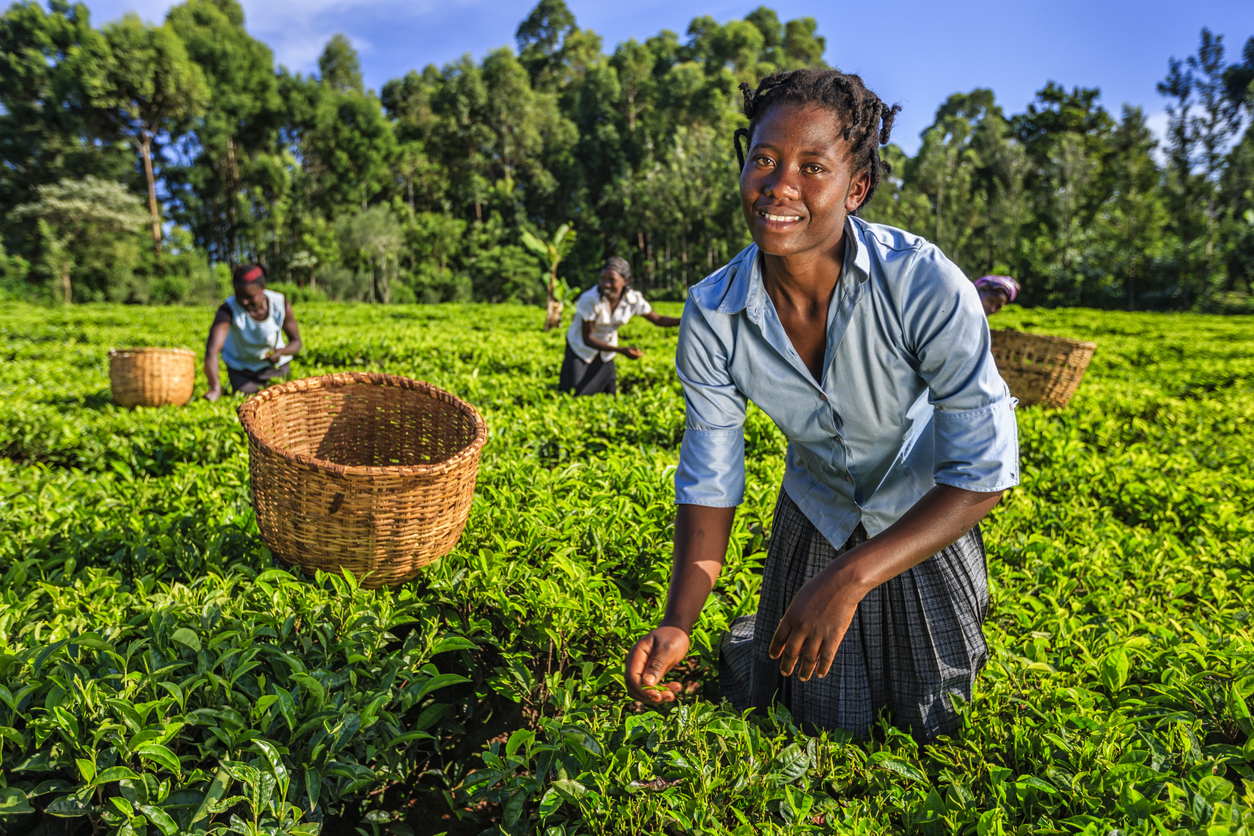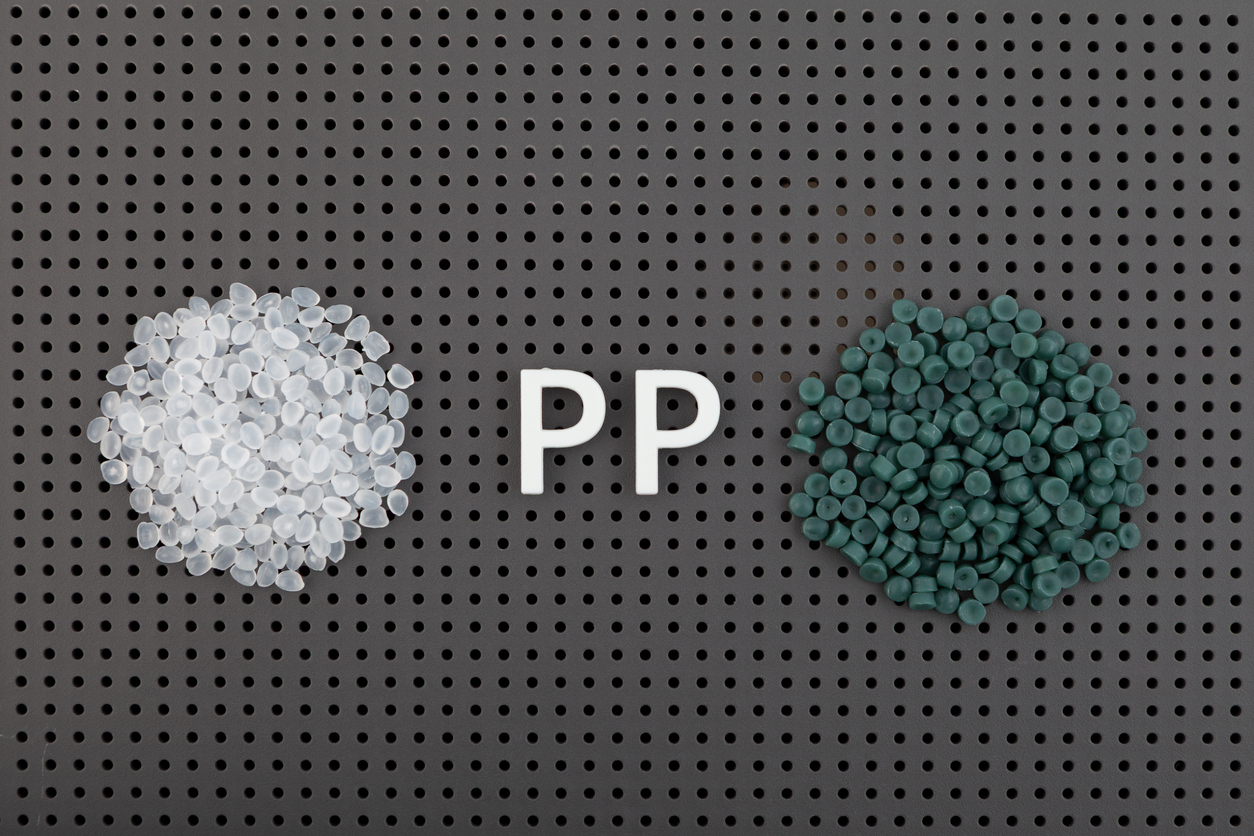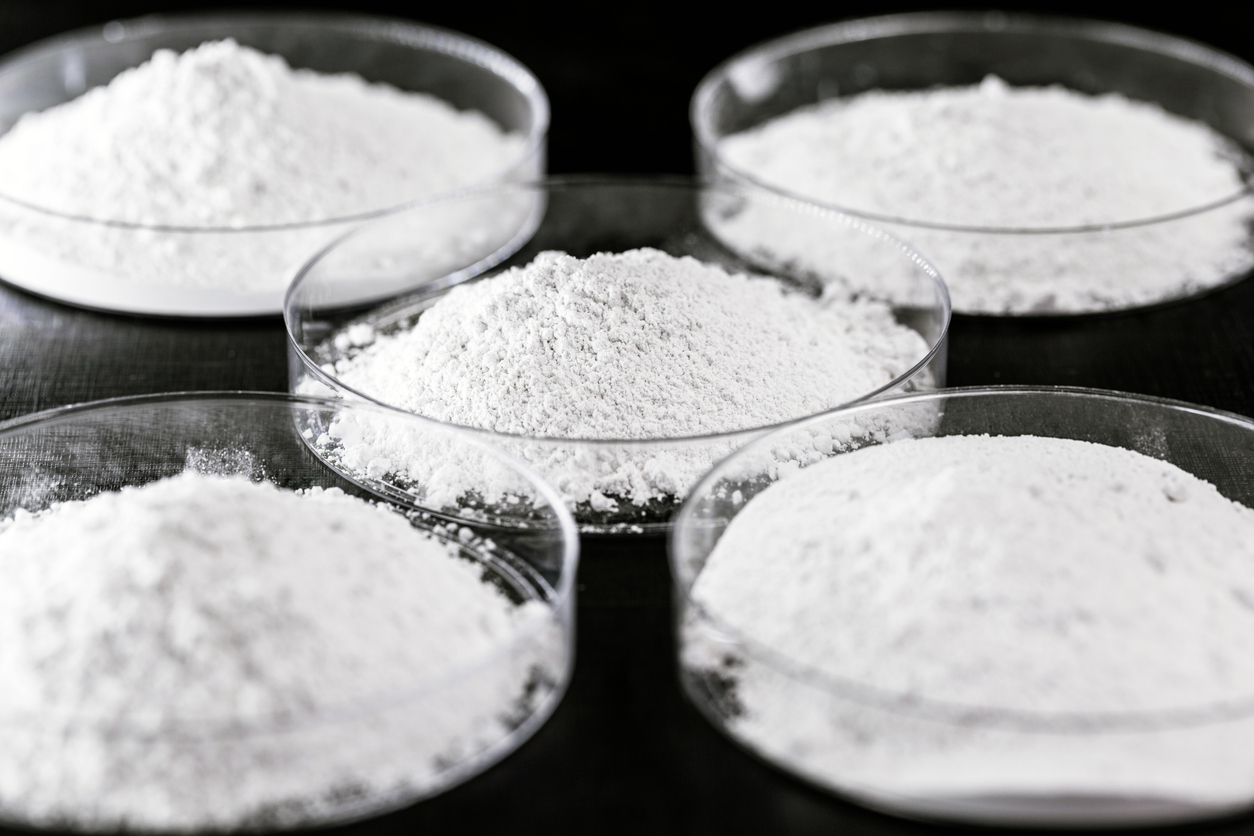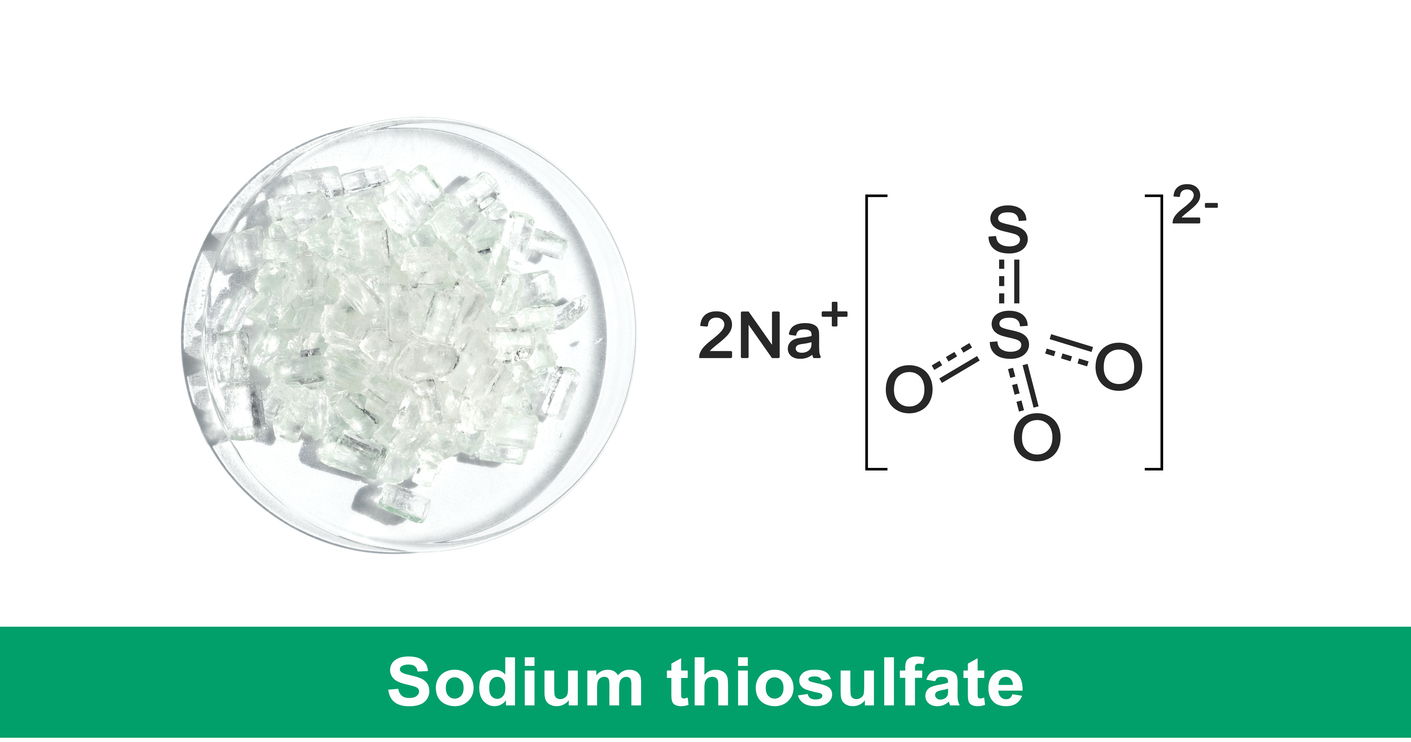The Complete Guide to Buying and Exporting Tea from Zimbabwe
The Complete Guide to Buying and Exporting Tea from Zimbabwe
Zimbabwe has a reputation for producing some of the world’s finest teas. In fact, their tea is so well-known that it’s often referred to as “Darjeeling of Africa” because it tastes similar to the more well-known Indian tea. If you’re interested in buying and exporting this amazing crop from Zimbabwe, this guide will give you everything you need to know. The article covers in detail everything that prospective buyers and exporters need to know about purchasing and exporting tea from Zimbabwe. It begins with an introduction to the industry; it then continues with a discussion on the market potential of this product, followed by details on relevant legal framework, existing production capacity, costs related to production, recommended suppliers, potential investors, production partners, availability of raw materials and labor as well as final words of advice.
What is Tea?
In short, tea is a beverage made from steeping dried leaves from the Camellia sinensis plant in hot water. It’s been around for centuries and remains one of the most popular drinks worldwide. There are many different types of tea, each with its own flavor and health benefits. Black and green teas are the most common varieties, while white and oolong teas are less popular.
Why is Zimbabwe Famous for Producing Quality Teas?
Zimbabwe has been producing tea since 1919, and it has become particularly well known for growing orthodox (non-organic) black teas. The main reason behind Zimbabwe’s reputation for producing high quality teas is the region’s high altitude and its rich soil, which are ideal conditions for nurturing tea plants. Moreover, the warm temperatures in Southern Africa are great for growing tea, and the plants flourish in the long wet seasons.
Purchasing and Exporting Basics
When purchasing tea from Zimbabwe, importers need to look for high quality teas that are free from defects. They should also consider the packaging and storing requirements of the product in question. Exporting tea from Zimbabwe can be a profitable venture for both buyers and exporters. Tea exporters will benefit from growing demand for this product in foreign markets. Buyers can benefit from relatively low prices, and from a high-quality product.
Market Prospects
Zimbabwean tea is a high-end product and is sold at a premium price because of the high quality and premium brand associated with it. Taking into account the growing popularity of tea in general, the demand for this product has consistently increased, making it an attractive market for importers. The market for tea is generally growing, with the global market for tea growing at an average rate of around 2% per year. There are many factors that are contributing to the growing popularity of tea. The fact that this beverage can be consumed at any time of the day, the health benefits associated with drinking tea, the relatively low price of tea, the convenience of drinking tea, the fact that tea is available in many different flavors and the fact that tea can be consumed both hot and cold are all contributing factors.
Legal Framework
The tea industry in Zimbabwe operates under a free market system, with producers and importers organized in associations such as the Zimbabwe Tea Growers’ Association (ZTGA). The government has implemented a number of policies to promote the industry and encourage growth, such as the Tea Grower Incentive Scheme and the Tea Board of Zimbabwe. In addition to these policies, the government has also enacted certain laws that govern the tea industry, and that importers and exporters need to be aware of. The Tea Marketing Board Act governs the marketing of tea, and the Tea Control Act outlines the government’s control of the tea industry. The Customs and Excise Act is also another relevant law that importers and exporters should be aware of. All in all, the legal framework for this industry is conducive to both buyers and exporters.
Existing Production Capacity
The Southern African region is the second largest tea growing region in the world, producing almost half of the world’s tea. The country is host to approximately 16,000 smallholder farmers and 2,000 large-scale tea estates. The potential production capacity of the country, given an ideal environment and the right investment, is estimated to reach 1.2 million kg. While the demand for black tea, which accounts for more than 80% of all tea produced in Zimbabwe, has been declining in recent years, the demand for green tea has been on the rise. The country has significant potential to expand its production capacity by cultivating new tea gardens. The main challenges that hamper the expansion of tea production in the country are the lack of government support and investment, the impact of climate change, and the fluctuation in the international market price of tea.
Costs Associated with Producing Tea in Zimbabwe
The cost of producing tea in Zimbabwe will vary depending on the type of tea that is being grown, the plantation that is being used and the quantity of produce being cultivated. On average, though, the cost of producing black tea is estimated to be between USD 0.13 to 0.16 per lb. Green tea, on the other hand, costs USD 0.5 to 0.6 per lb. The average cost of producing rooibos tea is USD 0.4 to 0.5 per lb. The cost of producing oolong tea varies significantly depending on the region in which it is produced.
Recommended Suppliers
There are many suppliers of high-quality tea in Zimbabwe, and buyers will have no trouble finding a reliable source. Some of the most reputable suppliers of black, green and rooibos teas include BIDZ, Gweebarra, Gwen Tea and Highlands Tea Company. Recommended suppliers of oolong tea include Sidhi Tea, Gwen Tea and Highlands Tea Company.
Potential Investors
If you’re interested in investing in the Zimbabwean tea industry, you can either purchase a farm or become a supplier to one of the many tea plantations in the country. Buying a farm is a great way to get your foot in the door, as it will give you complete control of the production process. You can also choose to become a supplier, which will allow you to focus on marketing and sales, while the tea plantation takes care of the production. If you decide to purchase a farm, you’ll want to make sure that it has the potential to produce large amounts of high-quality tea, and that it is located in an area with good weather and soil conditions for growing tea. You should also consider the cost of purchasing the farm, as well as the potential revenue that you’ll be able to generate from it.
Conclusion
Zimbabwean tea is a high-quality product that importers and exporters should seriously consider. The market for tea is generally growing, and the demand for this product has consistently increased. The Southern African region is the second largest tea growing region in the world, making it a great place to source your product from. The main challenges that hamper the expansion of tea production in the country are the lack of government support and investment, the impact of climate change and the fluctuation in the international market price of tea. There are many factors that are contributing to the growing popularity of tea, and the potential to expand this industry in Zimbabwe is significant.








LEAVE A COMMENT
You must be logged in to post a comment.